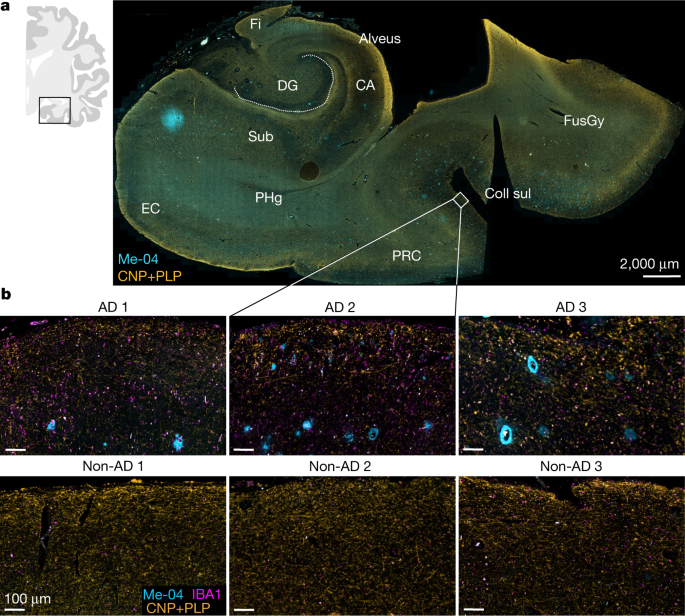2023-05-24 カロリンスカ研究所(KI)
◆しかし、多くの地域では診断と治療に偏りがあり、大学の病院では適切な治療法が優先されていないことが示唆されています。早期の診断と治療は自殺率の削減に重要であり、この問題はスウェーデンだけでなく世界的にも重要です。
<関連情報>
- https://theconversation.com/better-bipolar-diagnosis-may-reduce-suicide-rates-in-boys-new-research-206256
- https://jamanetwork.com/journals/jamapsychiatry/fullarticle/2804860
スウェーデンの青少年における双極性障害診断と自殺死亡率との関連性 Association of Bipolar Disorder Diagnosis With Suicide Mortality Rates in Adolescents in Sweden
Peter Andersson, Jussi Jokinen, Håkan Jarbin, Johan Lundberg, Adrian E. Desai Boström
JAMA Psychiatry Published:May 24, 2023
DOI:10.1001/jamapsychiatry.2023.1390

Key Points
Question Is diagnosing bipolar spectrum disorder in adolescents associated with suicide prevention?
Findings In this cross-sectional study of 585 confirmed suicide deaths in Sweden, regional bipolar disorder diagnosis rates in adolescent males were associated with a lower suicide death rate at an estimated magnitude of approximately 4.7% of the national average. Independent of annual regional depression and schizophrenia diagnoses, lithium dispensation, and psychiatric care affiliation rates, results were consistent with previous reports suggesting that bipolar disorder is implicated in approximately 4.9% of unselected suicide deaths in young adulthood.
Meaning The findings indicate that diagnosis of bipolar disorder in male adolescents may be important for suicide prevention.
Abstract
Importance The association of early diagnosis and management of bipolar disorder with adolescent suicide mortality (ASM) is unknown.
Objective To assess regional associations between ASM and bipolar disorder diagnosis frequencies.
Design, Setting, and Participants This cross-sectional study investigated the association between annual regional ASM and bipolar disorder diagnosis rates in Swedish adolescents aged 15 to 19 years in January 1, 2008, through December 31, 2021. Aggregated data without exclusions reported at the regional level encompassed 585 suicide deaths, constituting 588 unique observations (ie, 21 regions, 14 years, 2 sexes).
Exposures Bipolar disorder diagnosis frequencies and lithium dispensation rates were designated as fixed-effects variables (interaction term in the case of males). An interaction term between psychiatric care affiliation rates and the proportion of psychiatric visits to inpatient and outpatient clinics constituted independent fixed-effects variables. Region and year comprised random intercept effect modifiers. Variables were population adjusted and corrected for heterogeneity in reporting standards.
Main Outcomes and Measures The main outcomes were sex-stratified, regional, and annual ASM rates in adolescents aged 15 to 19 years per 100 000 inhabitants as analyzed using generalized linear mixed-effects models.
Results Female adolescents were diagnosed with bipolar disorder almost 3 times more often than male adolescents (mean [SD], 149.0 [19.6] vs 55.3 [6.1] per 100 000 inhabitants, respectively). Median regional prevalence rates of bipolar disorder varied over the national median by a factor of 0.46 to 2.61 and 0.00 to 1.82 in females and males, respectively. Bipolar disorder diagnosis rates were inversely associated with male ASM (β = -0.00429; SE, 0.002; 95% CI, -0.0081 to -0.0004; P = .03) independent of lithium treatment and psychiatric care affiliation rates. This association was replicated by β-binomial models of a dichotomized quartile 4 ASM variable (odds ratio, 0.630; 95% CI, 0.457-0.869; P = .005), and both models were robust after adjusting for annual regional diagnosis rates of major depressive disorder and schizophrenia. No such association was observed in females.
Conclusions and Relevance In this cross-sectional study, lower suicide death rates in adolescent males was robustly associated with regional diagnosis rates of bipolar disorder at an estimated magnitude of approximately 4.7% of the mean national suicide death rate. The associations could be due to treatment efficacy, early diagnosis and management, or other factors not accounted for.


